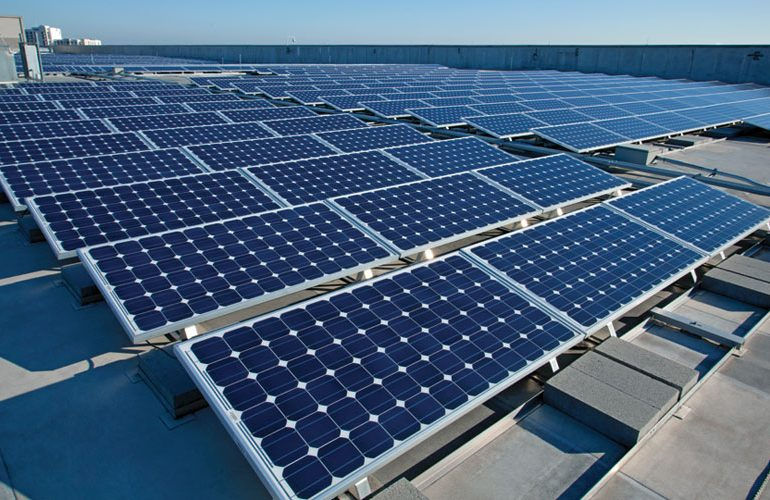The Future of Solar Energy Looks Bright
- Reon Energy
- May 5, 2020
- 3 min read
Improvements are being carried out in solar innovations to make photovoltaics even more attractive than before. Although the cost of solar energy in recent years has fallen, solar cell manufacturers are not resting on their laurels. If we analyze the trend, you will know that in 2018, 100 gigawatts (GW) of solar power were added to the global power grid, mainly in China and India.
The market as a whole is expected to reach US$430.2 billion by 2024, according to a report by Goldstein Research. Therefore to sustain this growth, the industry has shifted its focus towards more efficient and durable solar cell technology to meet the demand for high-efficiency PV modules in the next wave of solar growth.
Designing better solar cells
With recent improvements in PERC cell technology optimization, average cell efficiencies reached 21% by the end of 2018. Leading PV manufacturer, Jinko Solar, was able to hit almost 24% efficiency, then a new world record.
However, emerging technologies such as perovskite-silicon tandem cells are speeding up to improve their performance. For example, Oxford Photovoltaics, a United Kingdom-based start-up, clocked in a record 28% efficiency with its perovskite-silicon tandem cells at the laboratory scale. Absorbing light and distributing it between its partially-transparent perovskite top cell and silicon bottom cell, allows both cells to contribute to overall power, enabling breakthroughs previously not possible with silicon cells alone.
The two-part design of tandem cells eliminates additional materials, weight and mechanical challenges of previous perovskite cell configurations, making them more commercially attractive.
Solar gets smart
While the industry works through cell technology advancements to maximize efficiency, solar energy users can get more out of their panels by optimizing performance with smart technology.
One way to do this is to apply a self-cleaning coating to maintain the panel’s performance throughout its lifespan. Cleaning panels is also a resource- and labor-intensive task in places like the Middle East and Singapore, so a self-cleaning coat can help reduce maintenance cost. PV panels soiled by snow, dirt, dust and sand can affect the output of a panel.
Another way to optimize performance is through solar forecasting technology. To ensure a steady supply of energy, solar farm owners have to make up for the shortfall with other forms of energy or invest in capital-intensive energy storage systems. When clouds move across the sky, this can cause intermittent blockage of the sun resulting in a drop in power generation.
Greening the solar life cycle
The global solar panel recycling market is expected to grow with a CAGR of about 28% to reach US$98.4 million by 2025. Waste generated from the industry is estimated to rise from between 1.7 and 8 million tonnes in 2030, to 60 and 78 million tonnes in 2050, making it a pertinent environmental issue in time to come.
At the end of a solar panel’s estimated 20- to 25-year lifespan, precious materials such as silicon, silver, copper, and aluminum can be reclaimed and reused from spent solar panels to make solar energy green even at end-of-life.
A harmonized standard for improved durability is needed to to tackle the lack of standards assessing long-term performance, alongside the technological development of the solar energy industry to sustain its growth.
Already one of the fastest-growing sources of renewable energy, photovoltaics are becoming even more popular than before and may drive down the competition from fossil fuels, propelling it into the mainstream.




Comments